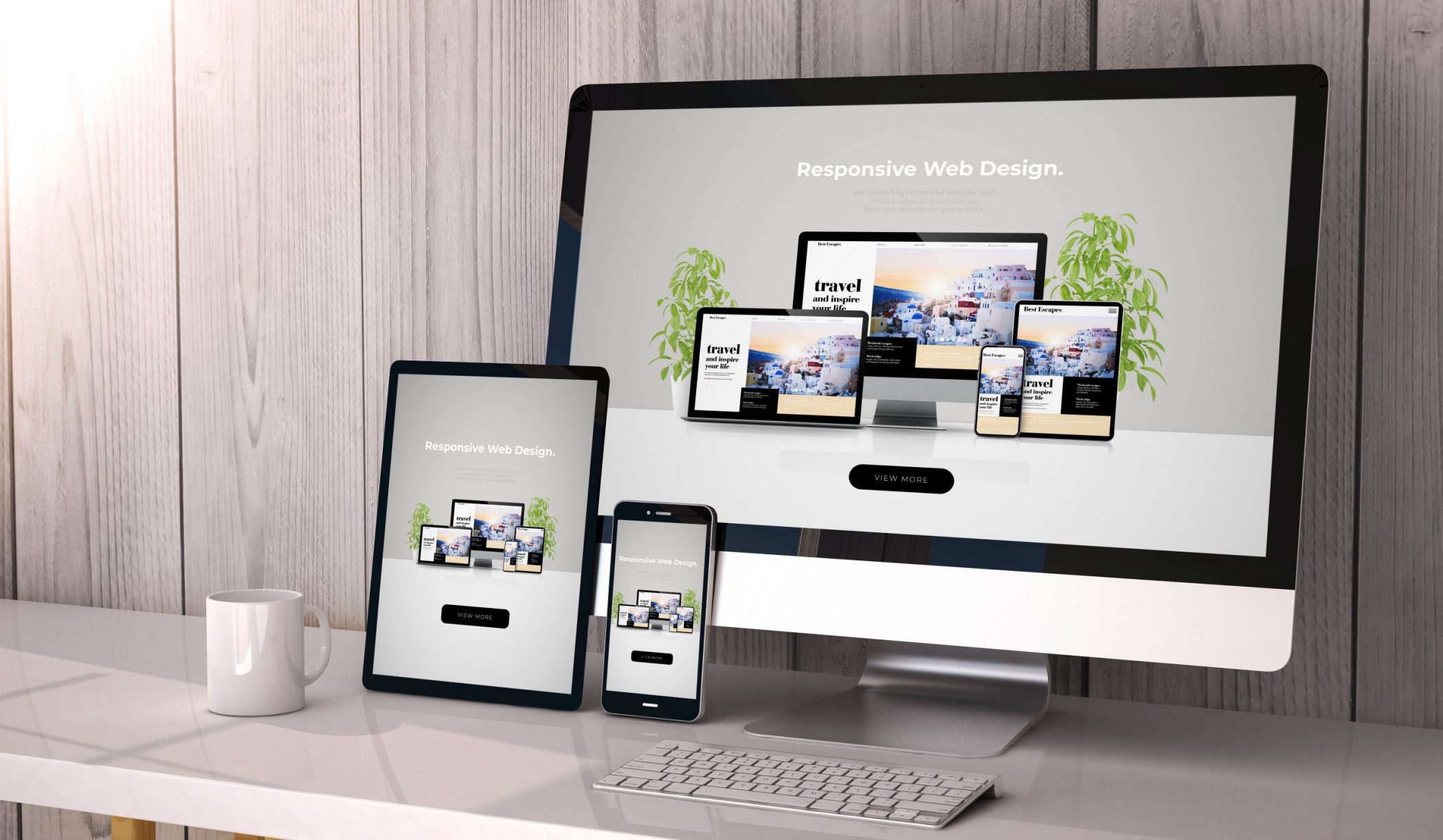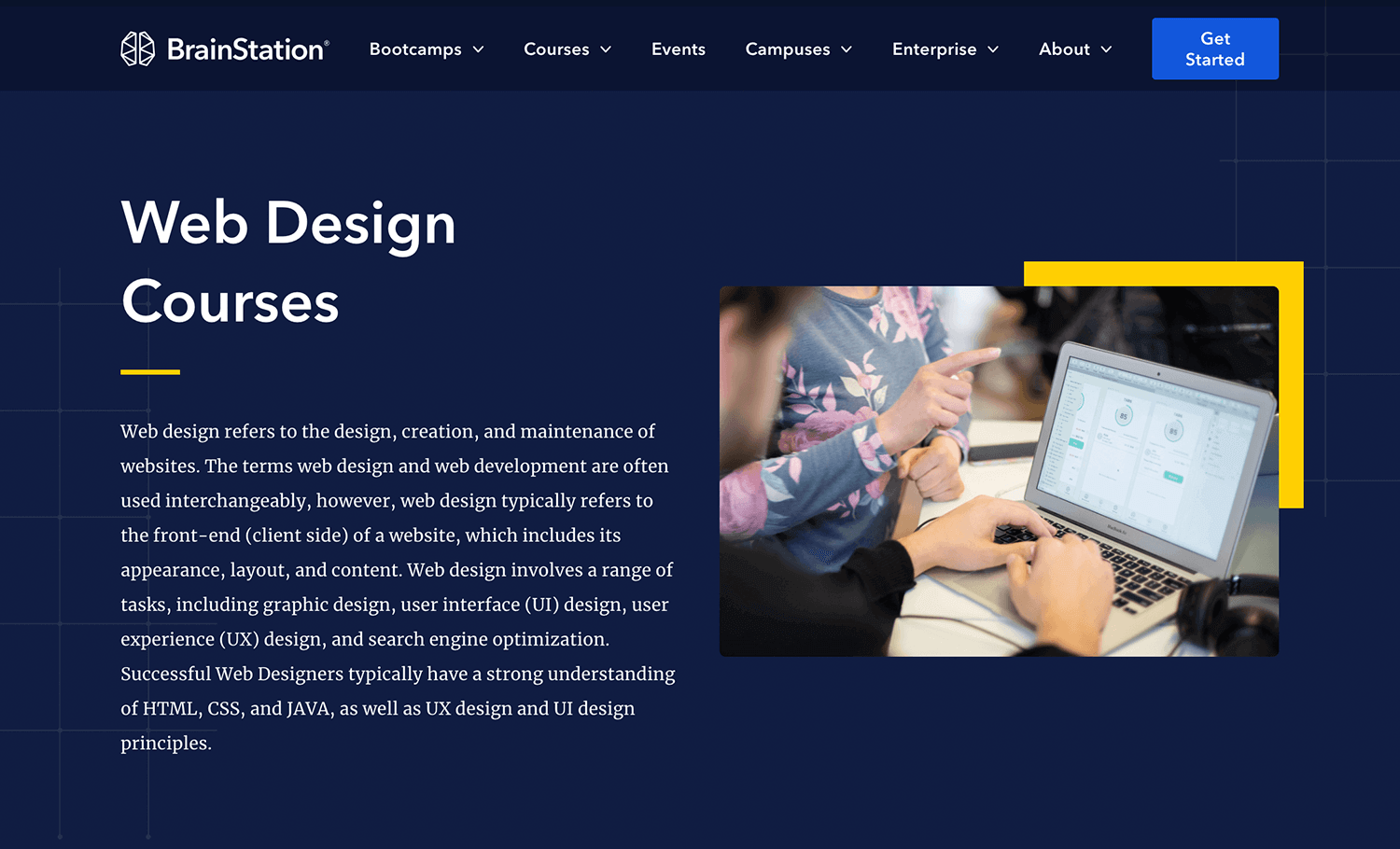Aligned Position Web Design: Expert Web Design Strategies for Achieving Business Goals Online
Aligned Position Web Design: Expert Web Design Strategies for Achieving Business Goals Online
Blog Article
The Very Best Kinds Of Web Layout to Improve Individual Experience and Involvement
In the ever-evolving landscape of digital communication, the performance of Web style significantly affects individual experience and interaction. Different style methods, such as minimal, receptive, and interactive formats, each deal one-of-a-kind benefits that can provide to varied customer demands.
Minimal Web Style
As digital landscapes end up being progressively messy, minimal website design has become an effective strategy to boosting customer experience. This style ideology focuses on simpleness, focusing on crucial components while removing unnecessary interruptions. By utilizing ample white space, simple navigation, and a limited shade scheme, minimalist design fosters quality and guides individual attention to vital material.
The core principle of minimalist Web style is to create a smooth communication for users. By lowering cognitive lots, individuals can swiftly realize info without really feeling bewildered. This direct approach not just enhances usability however also urges involvement, as visitors are more probable to discover a website that is very easy and aesthetically appealing to browse.
Additionally, minimal design commonly stresses typography and images, making use of these aspects purposefully to convey messages successfully. In essence, minimalist Web layout is not simply a pattern; it is a thoughtful methodology that acknowledges the significance of user-centered style.
Responsive Website Design
In today's diverse electronic setting, receptive website design has actually ended up being vital for creating a smooth individual experience throughout a wide range of gadgets. As individuals gain access to websites on smartphones, laptops, desktop computers, and tablet computers, the ability of a site to adapt its design and material to different screen dimensions and resolutions is essential.
Responsive website design uses adaptable grids, photos, and CSS media inquiries to make sure that Web content is provided efficiently, despite the device used. This approach not just improves the visual appeal of a website but also considerably improves usability. Users are more most likely to involve with a site that offers a regular experience, as it gets rid of the stress of needing to zoom in or scroll excessively.
Furthermore, internet search engine, consisting of Google, prioritize mobile-friendly websites in search positions. By taking on receptive style, companies can enhance their exposure and reach a more comprehensive target market. This method likewise simplifies site maintenance, as a solitary variation of the site can provide to all tools, minimizing the demand for multiple versions. In summary, responsive website design is a basic technique that boosts customer experience, involvement, and overall satisfaction.
Interactive Web Layout
Responsive website design lays the foundation for enhancing user experience, however interactive Web design takes this a step additionally by involving customers in a more dynamic method - Aligned Position Web Design. By including elements such as animations, clickable prototypes, and real-time comments, interactive website design captivates users, drawing them right into a richer browsing experience
This technique not just cultivates involvement but also motivates individuals find here to check out material proactively instead of passively eating it. Strategies such as gamification, where customers earn rewards for completing tasks, can substantially enhance the moment invested in a website and improve overall complete satisfaction. Additionally, interactive features can simplify intricate information, making it a lot more delightful and absorbable.

Integrating interactive layout aspects can additionally lead to greater conversion prices, as individuals are most likely to involve with a website that actively entails them. Aligned Position Web Design. Eventually, interactive website design changes individual experiences into unforgettable trips, guaranteeing that site visitors return time after time
Apartment Design
Identified by its minimalistic approach, flat style emphasizes simplicity and performance, removing away unneeded components and focusing on essential attributes. This layout approach prioritizes use, making certain that customers can browse user interfaces easily and performance. By using a tidy visual, level style gets rid of the mess commonly discovered in a lot more elaborate styles, thus enhancing user concentrate on web content and capability.
The trademark of flat this article design hinges on its usage of vibrant shades, easy typography, and geometric shapes. These elements add to an aesthetically attractive interface that is both approachable and modern. In addition, level style fosters a feeling of quality, enabling users to recognize crucial actions and information without distraction.
In addition, flat style is specifically effective in receptive Web design, as its simpleness converts well across different tools and display sizes. By focusing on crucial features, flat style not just fulfills user requirements yet additionally encourages seamless interaction, making it an essential part of effective Web style methods.
Flexible Website Design
Adaptive website design personalizes the individual experience by developing multiple fixed designs tailored to different screen dimensions and gadgets. Unlike receptive layout, which fluidly readjusts a solitary format, flexible design employs distinct layouts for particular breakpoints, making sure ideal discussion on different systems. This technique permits developers to concentrate on the special features of each tool, boosting use by supplying specifically what customers require based upon their context.
Among the main benefits of adaptive website design is its Read Full Report ability to optimize tons times and performance. By offering customized material and pictures that fit the user's device, websites can minimize data use and enhance loading speeds. This is particularly useful for individuals with slower connections or minimal information plans.

Additionally, flexible layout promotes a more consistent and regulated branding experience. Since designers develop multiple designs, they can make certain that the visual aspects straighten with the brand name's identity across various systems - Aligned Position Web Design. This results in a cohesive individual experience, boosting engagement and promoting individual retention
Verdict
In conclusion, the combination of minimal, receptive, and interactive Web style concepts significantly improves individual experience and interaction. Minimal layout fosters clarity and focus, while responsive style makes certain flexibility throughout various devices, promoting ease of access. Interactive style mesmerizes customers via vibrant components, encouraging exploration and personalization. Jointly, these layout approaches add to the creation of user-friendly atmospheres that not just enhance contentment yet additionally drive greater conversion prices, emphasizing their essential relevance in contemporary website design approaches.

Minimal layout fosters clarity and focus, while responsive style makes sure flexibility throughout various devices, promoting access. Jointly, these layout comes close to contribute to the development of straightforward atmospheres that not just boost contentment but likewise drive higher conversion rates, highlighting their important relevance in modern Web layout approaches.
Report this page